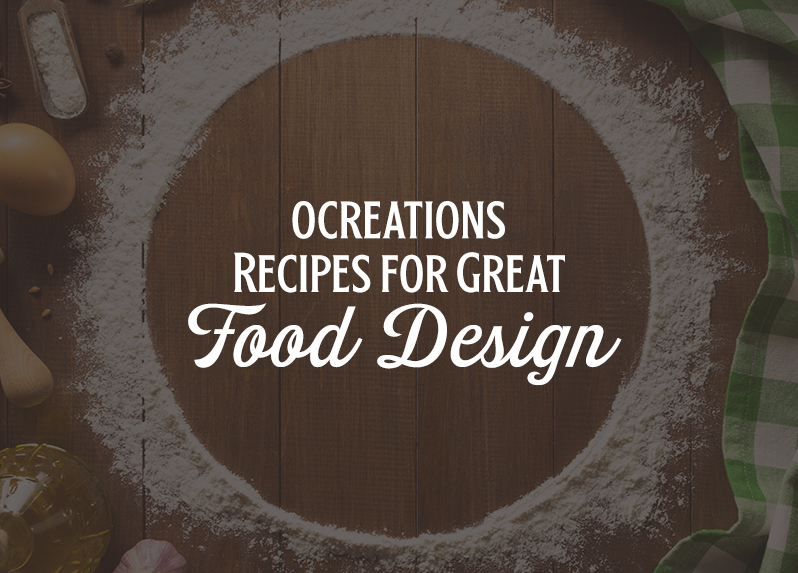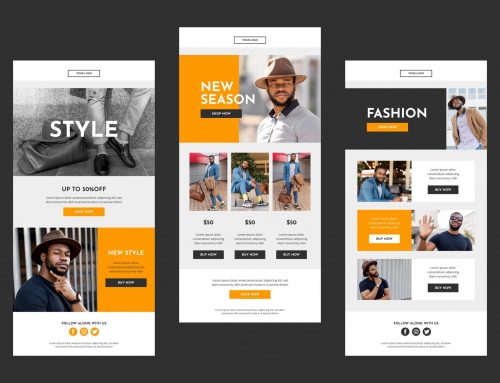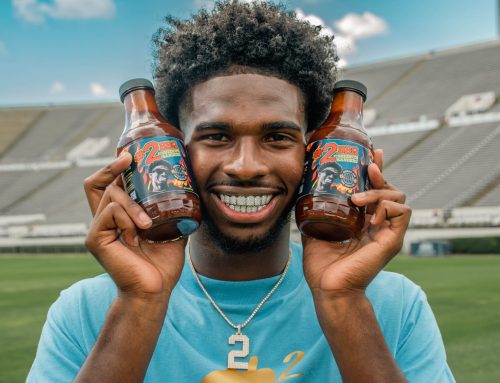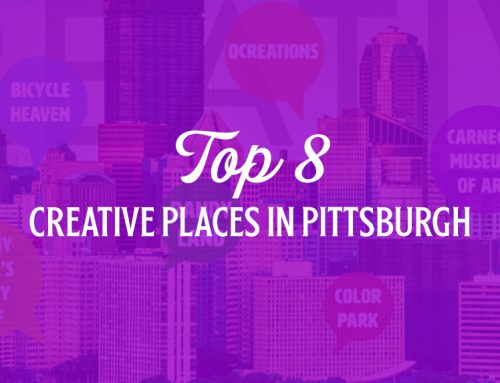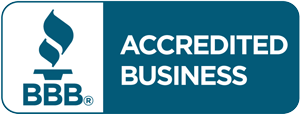ocreations Recipes for Great Food Design
As graphic designers, we get to work with clients in all different types of industries – healthcare, automotive, entertainment, and even the food and beverage industry! Each industry often requires different mindsets, different projects, and different design styles. In the food and beverage industry, there are a few projects that are common. Here’s our own ocreations recipes for great food design for package design, menu design, and website design.
Package Design
Ingredients:
- Package dieline(s)
- Adobe Illustrator
- Adobe Photoshop (optional)
- A creative designer
Recipe:
Package design requires a creative who can (quite literally) think outside the box! When designing a package, you first need to determine the physical packaging design, dimensions, and material. Sometimes a client will already have the specs for you, but also be prepared to present your own ideas of the physical package! This will all play a factor into how you make the package design look visually appealing.
Once the physical package design is determined, it’s time to start designing on the package! Here are some things to keep in mind while designing:
Colors
No matter what type of product you’re designing a package for, color choices are super important. They can make or break a consumer’s decision to purchase the product. Think about the product and the brand you’re designing for – would bright colors match the brand or product? For instance, if the product is an organic health juice, you may want to consider more natural colors – after all, the product is natural, keep your colors consistent with the product.
Images/Photos
Does your package require photos of your product? What about the ingredients that make up the product? Or both? Think about IF you want to use images, and how you’re going to use them in a way that makes the consumer want to take that product off the shelf and into their shopping cart. If you opt out of using a product image, think about leaving room in your design having the actual product in the package peer through transparent packaging. This can create a literal sense of transparency for the product and the brand as a whole.
Legally Required Graphics
Make sure you have the UPC codes, Nutrition Fact labels, and other FDA requirements.
Check out some sample package designs we’ve done for Ready Nutrition:
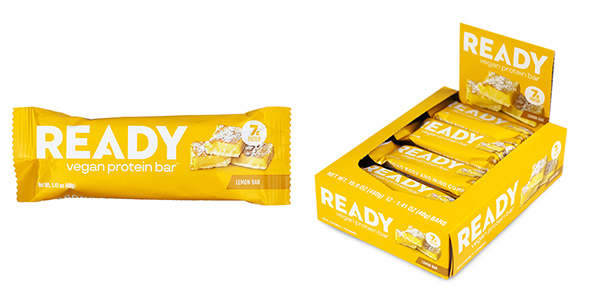
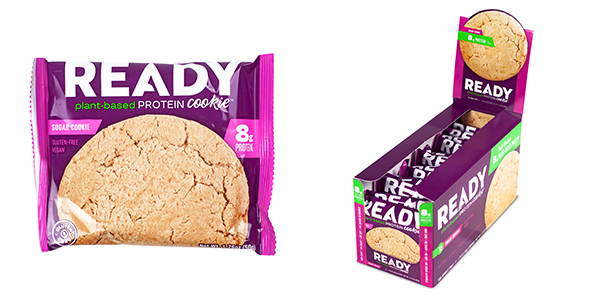
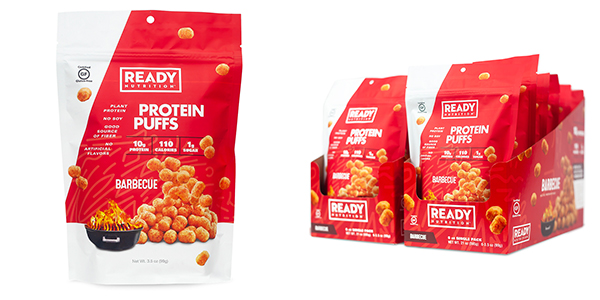
Menu Design
Ingredients:
- Adobe Photoshop
- Adobe Illustrator
- Professional Photography
- Proper Paper / Stock for Menu
- Enticing copy
Recipe:
When designing a menu, first and foremost, you need a list of foods and beverages that the establishment (restaurant, bar, food truck, etc.) offers its customers! This requires some work on your client’s part to come up with the menu list and pricing. However, it can be a good idea to mix in a copywriter during the menu development process. Copywriters can come up with unique menu item names, and mouthwatering copy for menu item descriptions.
Proper Paper / Stock
At any restaurant, there’s always a risk of something getting spilled on menus. To keep the design from getting dirty or stained, look into different paper stocks that are waterproof, or think about talking to the printer about laminating options.
Photos
Make sure if you’re including photos on your menu, to hire a professional photographer who specializes in food photography. Much like judging a book by its cover, bad food photography can make or break a restaurant’s reputation. DO NOT use photography done on a mobile device. Menu items need proper lighting and a professional eye to make sure the food looks delicious.
Hierarchy
Hierarchy is very important when it comes to layout and design of a menu. Make sure food categories, specific food menu items, descriptions, and pricing all have their own hierarchy and differentiating design elements (font size, font weight, color, etc.). Standard layout of menu item order is as follows:
- Beverages (though beverage menus are often separate of the food menu)
- Appetizers/Starters
- Main Courses (which can be broken down by category – i.e. salads, sandwiches, pastas, etc.)
- Desserts
Website Design
Ingredients:
- Adobe Photoshop
- Adobe Illustrator (for wireframes, icons, charts, other vector graphic elements)
- Professional Photography
- Professional Photography props, including backdrops, ingredients, garnishes, etc.
- Enticing Copy
- PDF of print menu design
Recipe:
If your client has a food truck, restaurant, or is a food/beverage-based company, they will need a website. Sometimes clients do not need full-blown websites and can benefit from a simple website with only a limited number of pages (sometimes even just a landing page).
Home Page
Designing the home page is super important to your client’s website – it makes the first impression for any website visitors. Depending on the client, brand, or product, the importance may vary; however, keep these items in mind to including on the home page:
- Impactful hero images with memorable headlines
- Featured products
- Appealing photos of the product or menu
- Quick links or buttons to important pages where people can see or learn more, including products, menus, contact information
- Social media feed – particularly Instagram (with enticing, high quality food photography)
Menu Page(s)
If your client has a menu, definitely have a way for a website viewer to check out the menu. It’s often a good idea to include both the PDF of the menu design (usually a button that links to the PDF to open in a new tab), PLUS an HTML version of the menu that can be read easily on both mobile and desktop.
Gallery Page
People love to see images before they purchase something or visit a location. For instance, if you’re designing a website for a restaurant, you’ll definitely want to include a gallery page. Include images of the food, the restaurant interior and exterior, images of the staff, even some candid shots of customers eating or chefs cooking! Potential customers generally like to see a restaurant before they visit it! It creates a sense of trust and a sense of what the restaurant is like.
Photography
If you haven’t done a photoshoot yet for this client, now’s the time! Here are some things to keep in mind when getting great food photography for a website:
- Get images of the products themselves. Get photos of just the product by itself, but also try some shots of the product with interesting backdrops, try some shots surrounding the product with garnishes or ingredients that make up the product. Having ingredients shot along with the product helps viewers get a good sense of sizing relationships between ingredients and the product itself.
- Your photographer may already do this, but if not, consider hiring a food stylist. A food stylist will know exactly what kind of shots your product(s) will need. It will also create a better sense of direction for the photographer and increase the likelihood of better photos, and decrease the risk of having to re-do a photoshoot.
- Think about how you’re going to be using these photos when laying out a shot. For instance, if you know you need to leave space on the left side of a photo for a billboard, make sure to try out a shot using that layout. This will save time later during the design process if you have an image that already works perfectly with your layout vision on print and digital design pieces.
Colors
Are you designing this website before you’ve done any other design for this client (i.e. you haven’t done any packaging design yet)? It’s important to nail down a color pallet that works well with the brand, company or product. Think about using colors from the food or plate to compliment the colors from your photography. Also think about using whites, light grays, and other subtle colors, if you think the products should be in the spotlight. These decisions all depend on the client, the brand, and the message you want to convey to viewers.
Check out an example of a website we built for one of our clients, Pasta Too, a Pittsburgh-based Italian restaurant! Click here to view the full website.
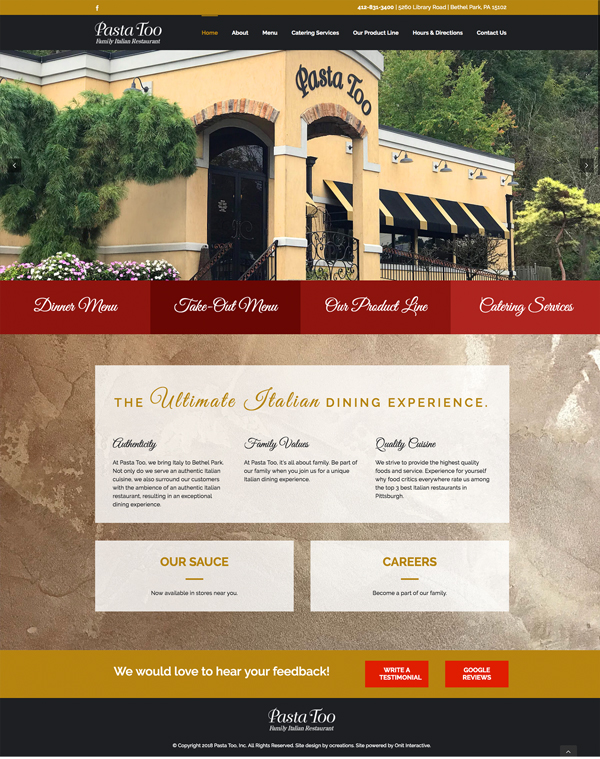
With ingredients and recipes up your sleeve for all types of food design, you can become a Master Chef of the graphic design world in no time!
Need design for your food-related brand? Contact us at ocreations. We’ve worked with all types of clients in the food and beverage industry, and are always hungry for more food-related design challenges! Let’s cook up amazing designs, let’s get creative.
